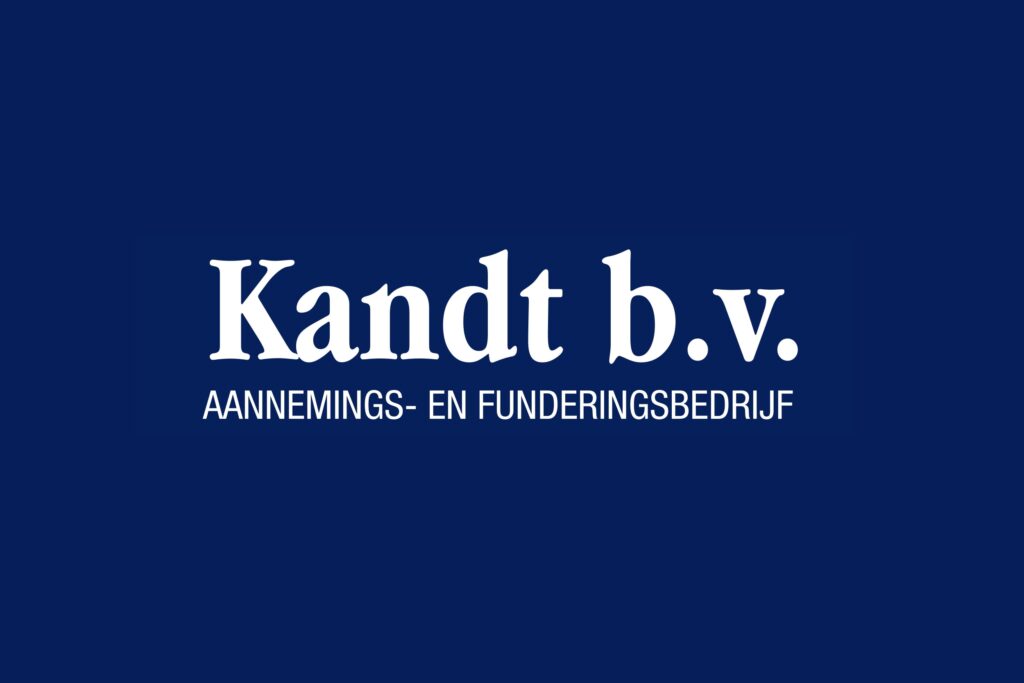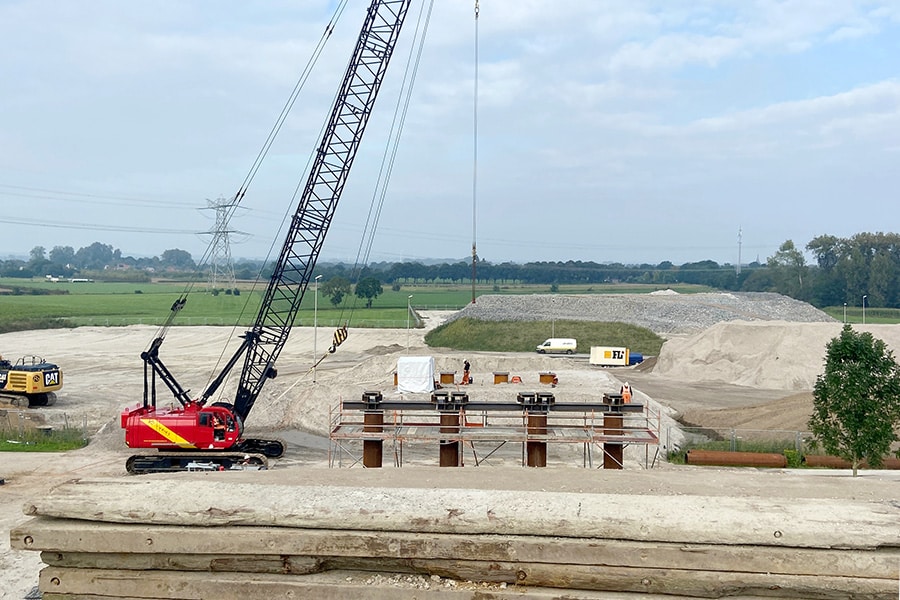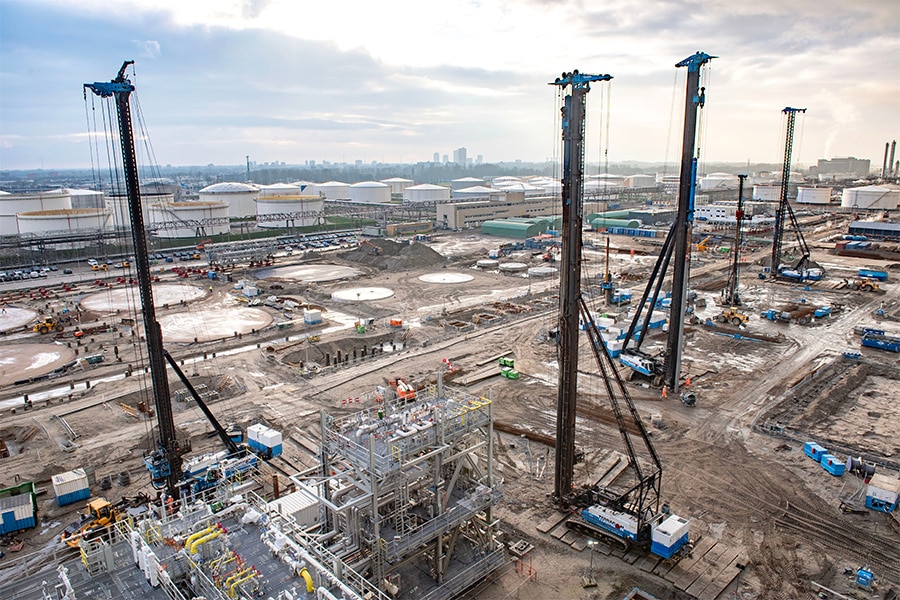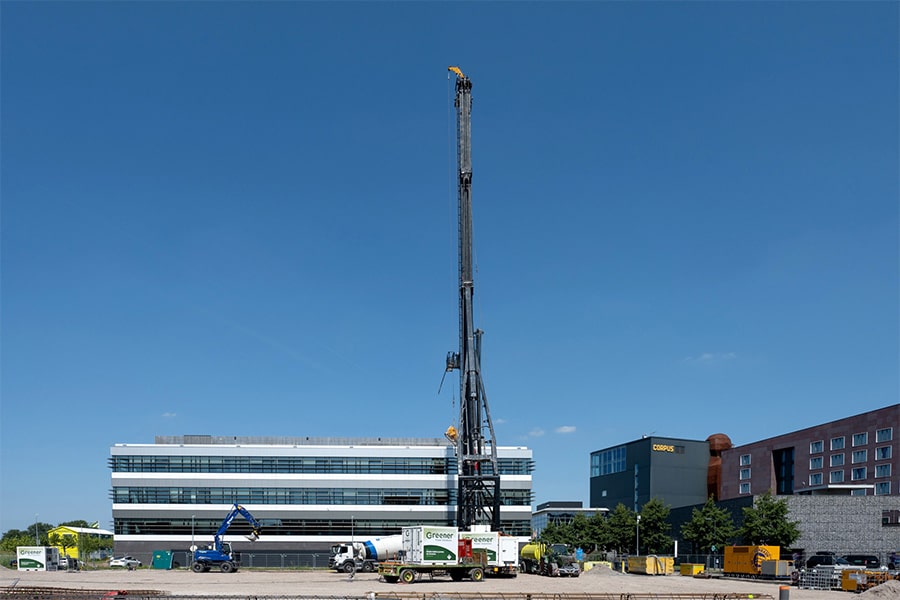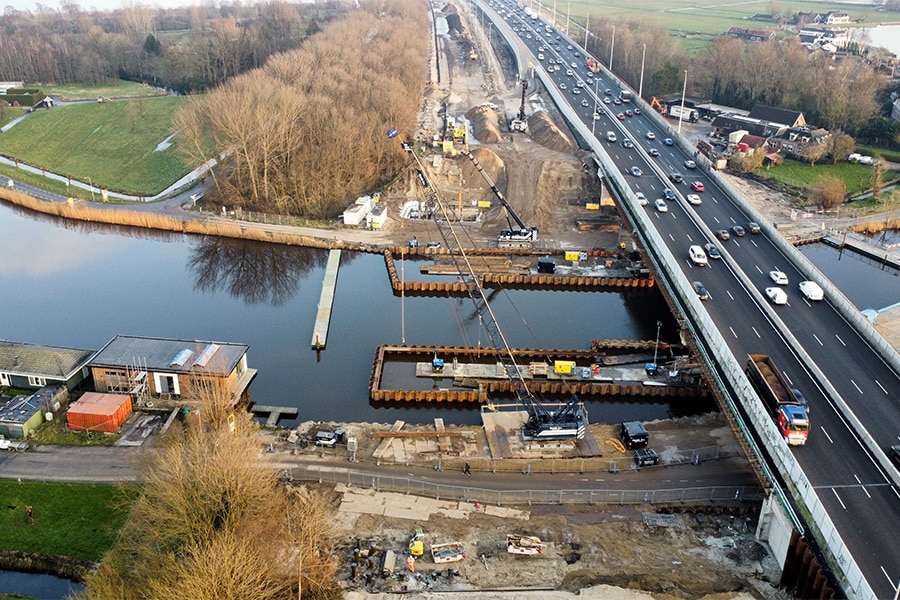
Foundation specialist Kandt delivers craftsmanship on A9
Every day the people of Kandt bv deliver craftsmanship when working on the widening and deepening of the A9. From installing LeKa grout injection piles to temporary (combi) sheet piling. Willem Meijer, operations manager at Kandt: "We are set up to perform our work well under difficult conditions. This is precisely why the A9 is right up our alley."
On behalf of the Department of Public Works, VeenIX is widening and deepening the A9 between Badhoevedorp and Holendrecht. The diversity of work Kandt is performing on the A9 on this stretch is great. For example, the foundation specialist installed many temporary and permanent LeKa grout injection piles for the widening of the Schiphol Bridge and the renovation of the two bascule cellars. "The Schiphol Bridge (structure 1) was our first assignment within this project, which we are carrying out on behalf of VeenIX. At the time, we drilled about 500 temporary piles, on which the working platforms and temporary supports were built. We will drill these again in the coming period," says Meijer. Kandt also installed two temporary combi wall pits for the bascule basements of the Schiphol Bridge and set up the outrigger frames for these pits. Most of this work was performed from specially calculated pontoons on the water using various machines. It also installed various sheet pile structures, partly in height restriction, for the benefit of the concrete work for the pillars of the Schiphol Bridge. Because of the height restriction, the sheet piles were installed in parts and welded together. This made it very laborious. It's not sheet pile work in an open field where you can make production."
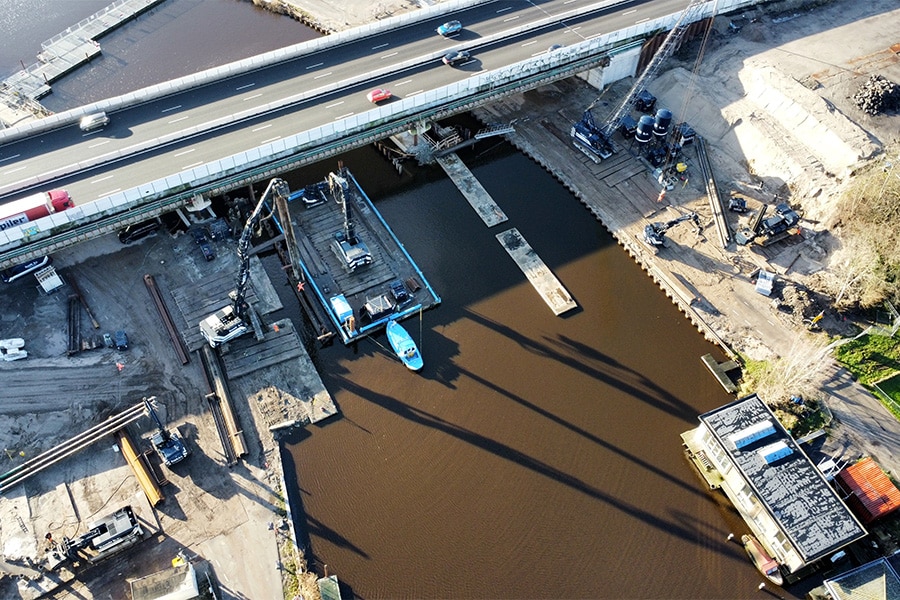
No artwork is the same
After the Schiphol Bridge, more structures soon followed, namely structures 2 through 11, for which Kandt did a lot of foundation work by installing LeKa piles as well as placing sheet pile walls and cofferdams including engineering and stamping. "Every structure is different and also has its own sub-phases. This makes it a laborious project in terms of logistics. We have carried out structures with land work only, but also from a pontoon because the piers were in the middle of the water."
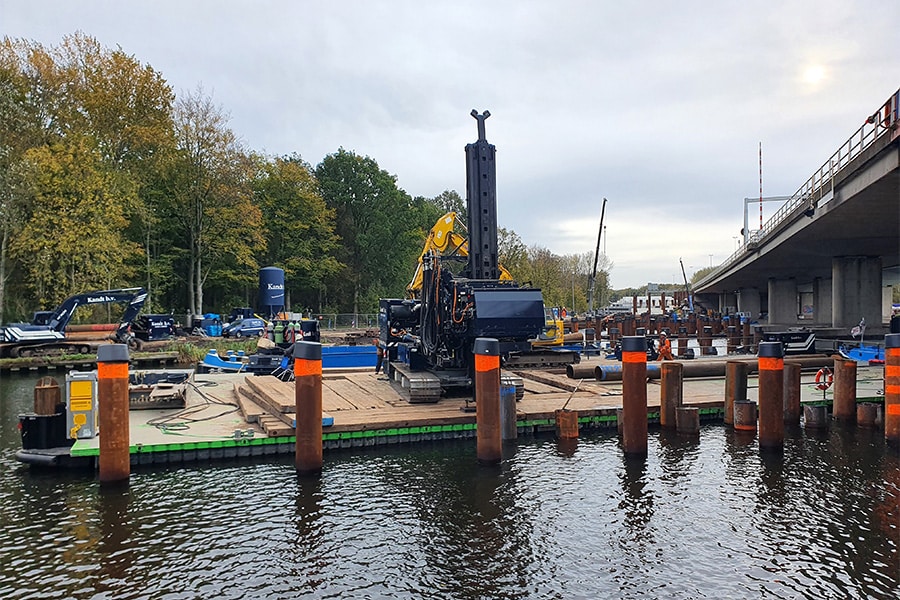
Entire organization
Because the widening of the A9 involves so much specialization, it is right up Kandt's alley, according to colleagues involved, Noah van der Knaap, project coordinator, and Jeroen de Bruin, main contractor. Van der Knaap: "When widening a freeway such as the A9, you always have limited space to work, the piling sites are small and equipment has to be moved and built up quickly. To do everything properly in hard-to-reach places and according to the right rules, we need special knowledge and the right equipment. It is quite an organization to coordinate all the work properly. We work according to the requirements of client Rijkswaterstaat, with welding in accordance with execution class 2 and 3. In addition, all materials must be traceable in accordance with all set requirements. And as a subcontractor we must also comply with the Directive on the Design of Art Works (ROK). Strict rules for safe hoisting in a public environment also apply to this project."

Flexibility a must
In a large civil engineering job where all the work is tightly scheduled in and around each other, with the schedule still changing and adjusted at times due to all the circumstances, flexibility is a must. De Bruin agrees. "We are well organized as a team and are on top of things. As a result, we can switch quickly. For example, if you have to switch from planned day work to night or weekend work. It is a large and complex project where we do it together, which makes the work beautiful."
Heeft u vragen over dit artikel, project of product?
Neem dan rechtstreeks contact op met Kandt Aannemings- en Funderingsbedrijf BV.
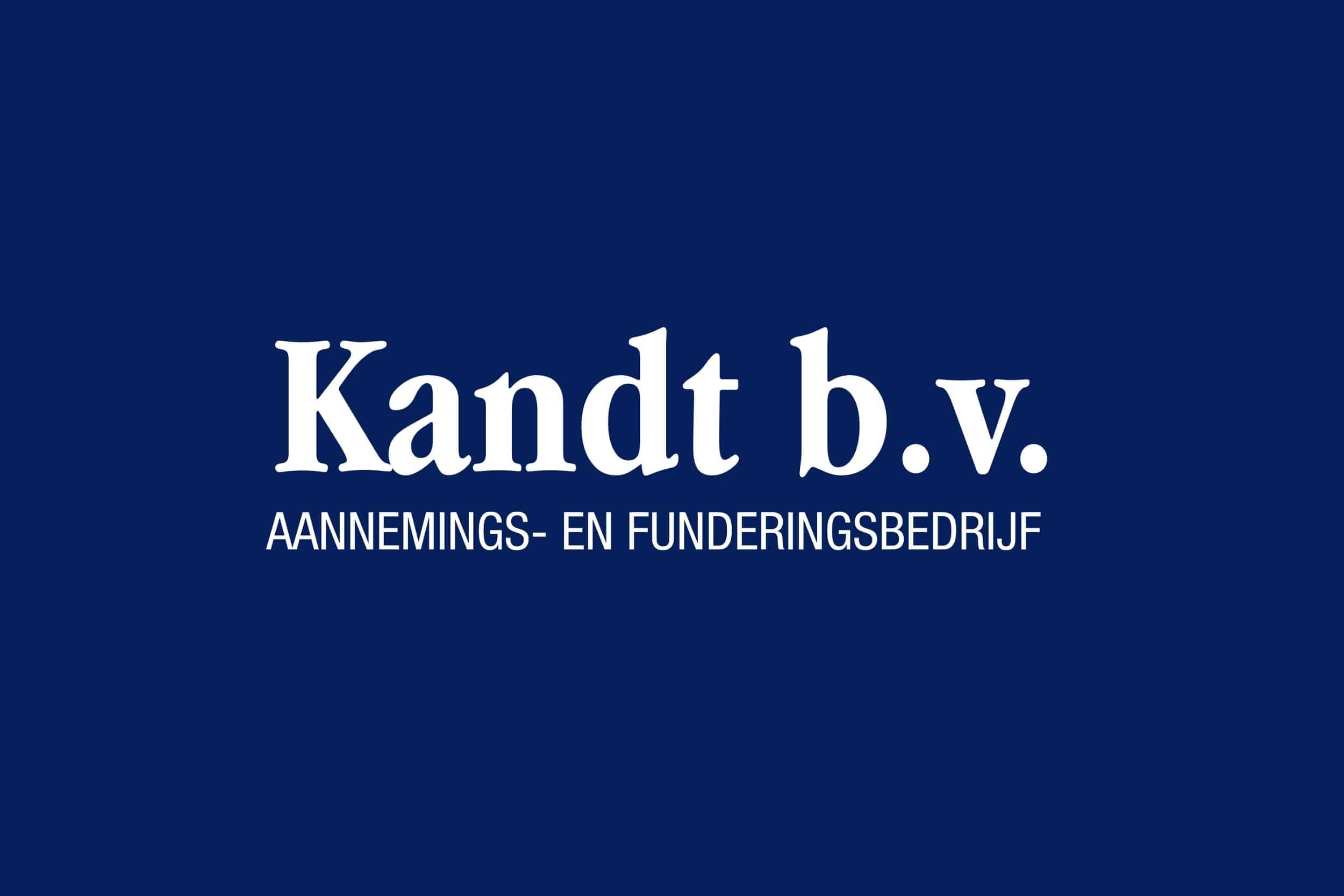 Contact opnemen
Contact opnemen
